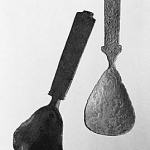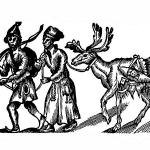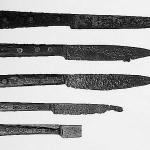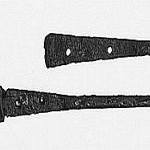

Home
Area
Vätsäri
Övre Pasvik
Pasvik Zapovednik
Nature
Geology
Climate
Water system
Flora
Fauna
Culture
Population
Religion
Sources of livelihood
Old ways of life
Time of industrialism
History
Stone Age
Early Metal Age
Late Metal Age
Middle Ages
Towards modern times
Timeline
Cooperation
Nature monitoring
Nature tourism
Publications
Contacts
Visit Pasvik-Inari
Guidelines
Regulations
News
Links
The Middle Ages
Interest area of three empires
Lapland was an area of great interest for many countries from the Middle Ages until the 17th century. The reasons for this were many: the vivid exchange trade, the need for new taxation areas and the desire for furs in Southern Europe. The first historical sources telling about Norwegian taxation of Sámi people were written by a lendmann Ottar, owner of a large farm in the 9th century. In Egils saga from the 12th century, it was mentioned that also Carelians and Finnish people called kainu started to tax in the Inari area.
From the 13-14th century, the interest towards the domain of the Arctic Sea and Ruija coast arose among Novgorod, the rising power in the east, and the Swedish birkarls. During the 16th century, Lapland was divided into areas called Lapps, but these Lapps were not actually taxation areas. Thus, Sámi people living in Inari, Paatsjoki and Näätämö Lapp villages (siidas) had to pay taxes to three different countries in the worst case.



